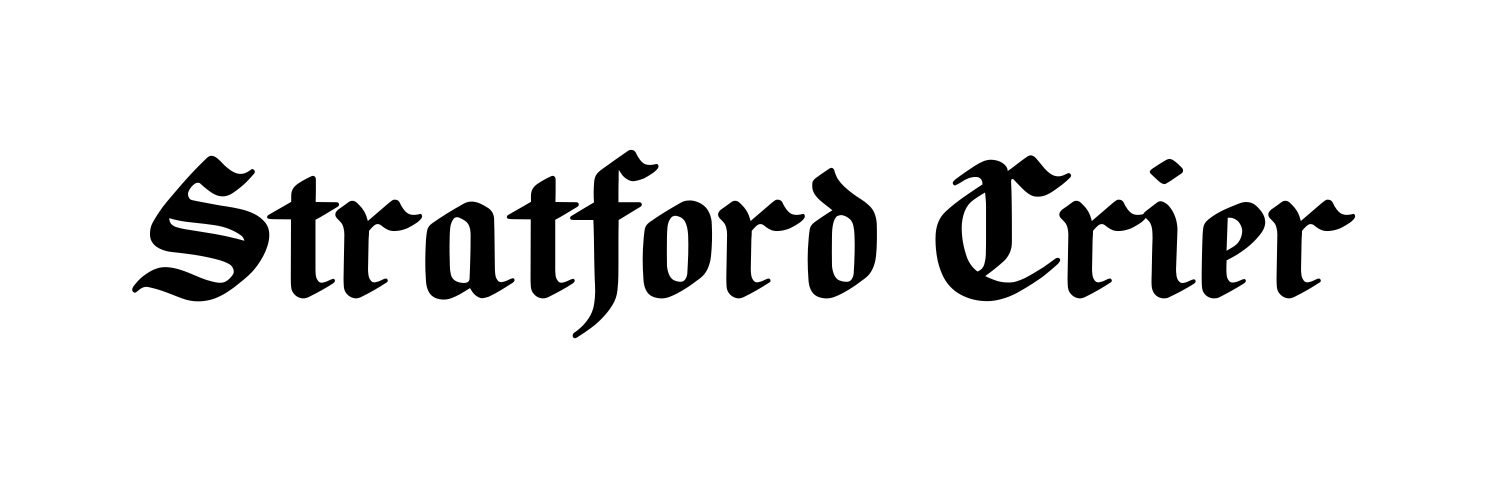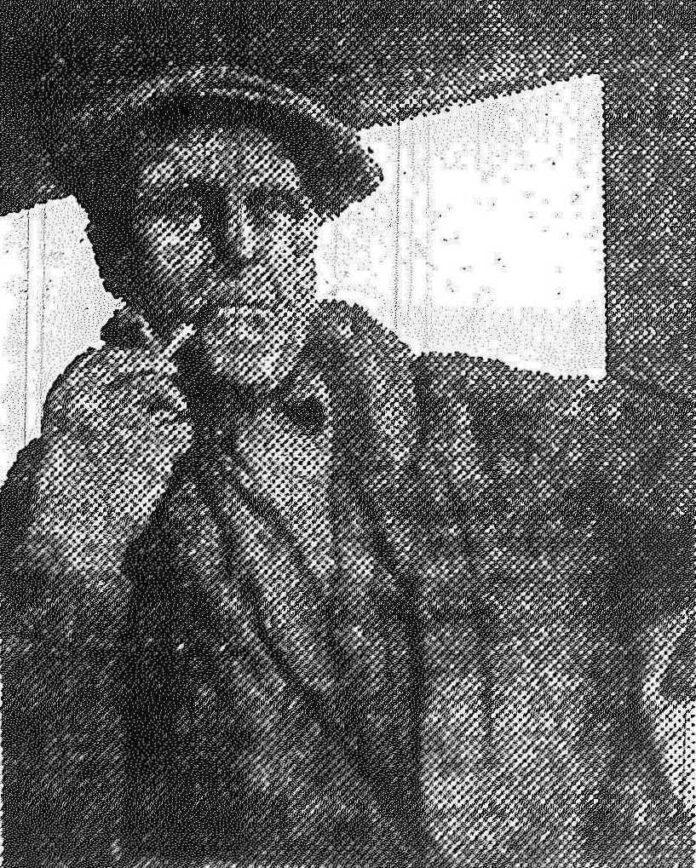Our town is preparing for its own 2026 celebrations of the 250th anniversary of the creation, and signing, of the Declaration of Independence. You may not realize it, but Stratford men played an outsized role in the events leading to the signing of the Declaration of Independence.
William Samuel Johnson was born in Stratford on October 7, 1727, four years after Samuel Johnson, his father, founded the Church of England (the Episcopal Church) in our Stratford. He built the first Episcopal Church in Connecticut on the site of today’s St. James Church. Samuel Johnson was a well-known figure in America. He had met and/or knew George Washington, General Lafayette, Benjamin Franklin, and other founders of our country.

William Samuel Johnson, son of Samuel, was a thoughtful, well-educated man. He was first educated at home by his father, who operated a small Stratford Academy in town. William graduated from Yale College in 1744, then received his master’s degree from Yale in 1747. In 1766, while lobbying Parliament in England, he received his Doctorate of Law degree from Oxford University.
In 1765, the British Parliament imposed the Stamp Act on the Colonies to help pay for British troops stationed in the Colonies. Paper and playing cards had to be marked with stamps issued by, and purchased from, the British government. (Coincidentally, one of William Samuel Johnson’s friends, Andrew Oliver, was the Stamp Act Agent in New England).
Johnson was first attracted to the Patriot cause by what he and his associates considered Parliament’s unwarranted interference in the government of the colonies. At this time he was somewhat of a radical, writing about “chains and shackles,” “stamps and slavery,” and the “late fatal acts” that would reduce America to “Roman provinces in the time of the Caesar.” He started forming alliances with the Connecticut Sons of Liberty.
He was elected one of three delegates from Connecticut to the Stamp Act Congress, where in 1765, he served on the committee defining the rights of British Colonists, arguing the right of the colonies to decide tax policies for themselves.
Johnson authored The Stamp Act 1765 Stamp Act Declaration of Rights and Grievances, the final version of which is written in his hand. He was also on the committee that authored the Petition to the King. The British wanted to use Connecticut’s objection to the Stamp Act to cancel Connecticut’s Royal Charter of 1662. Had that occurred, Connecticut would have lost its proclaimed sovereignty from the British, from some 100 years earlier. From 1767 until 1771, William Johnson lived in London, fighting against this British reaction to Connecticut’s opposition to the Stamp Act.
He was elected as a delegate in 1774 to the Continental Congress, but turned down the honor in favor of his protégée, Roger Sherman. The Connecticut Assembly, after the Battles of Lexington and Concord, sent Johnson, over his strong personal objections, on a dangerous reconnaissance of both Patriot Massachusetts militia and British army lines in Boston. He was instructed to meet the British commander, General Thomas Gage, to negotiate an end to the fighting by making a separate peace with the British. He succeeded, but on returning again to Connecticut, he found the Assembly had changed their mind, voted for war, and then adjourned, leaving no instructions for him.
The foregoing should help set the stage for a very complicated era in Stratford’s history. One of Stratford’s own, William Samuel Johnson, was perceived in his home town as both a patriot and a traitor. In an upcoming Stratford Crier article examining Stratford’s path to the Declaration, we’ll discuss more of Stratford’s town reaction to British oppression, and the Stratford men who led our way to July 4, 1776.


David,
Wonderful article about William Samuel Johnson. I hope this local history is being taught in our Stratford schools! I look forward to reading more of your articles about Stratford’s connection to the Revolutionary War.
Do you know where the original document William Samuel Johnson authored (The Stamp Act 1765 Stamp Act Declaration of Rights and Grievances) is located?
Ginny